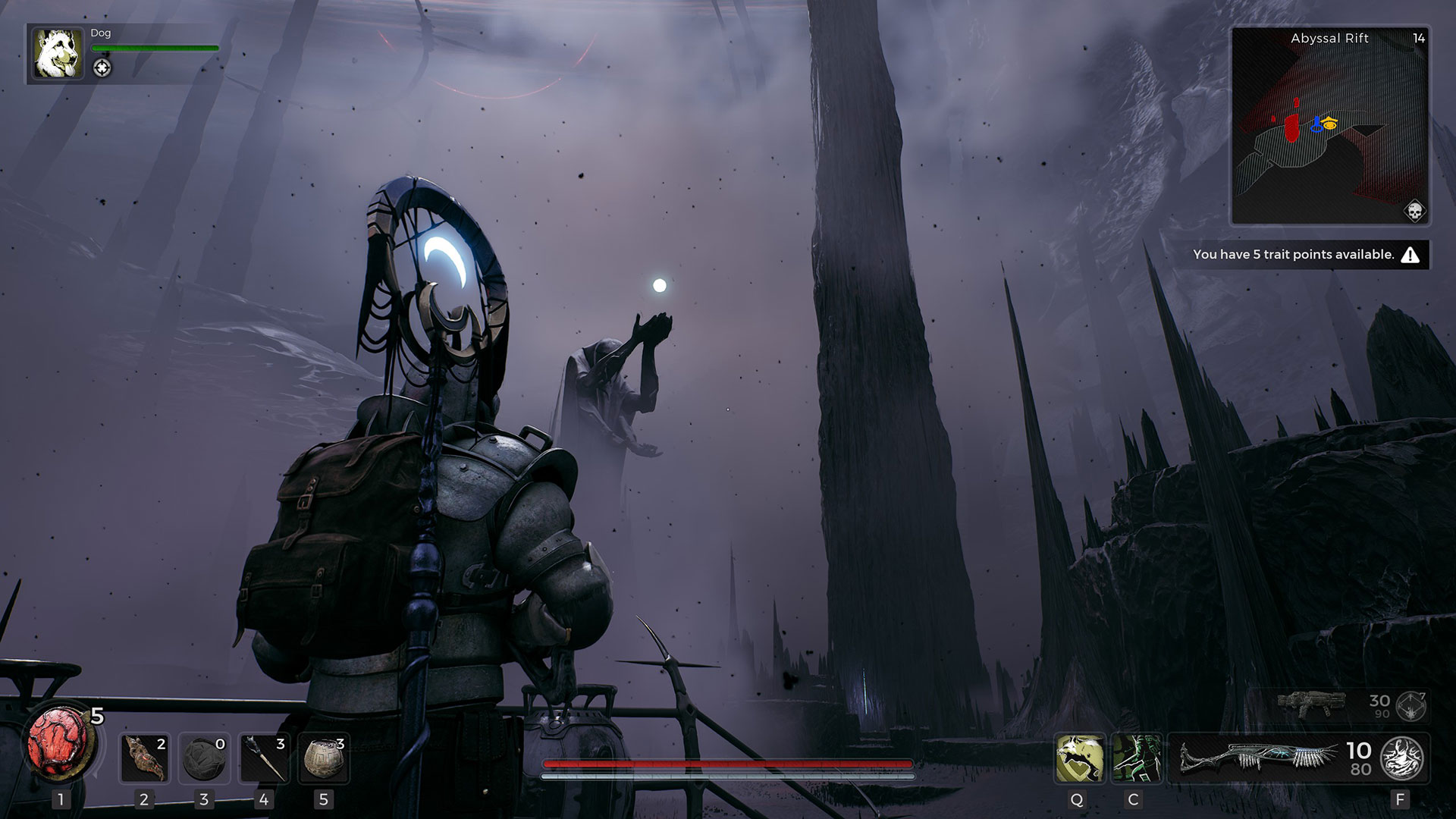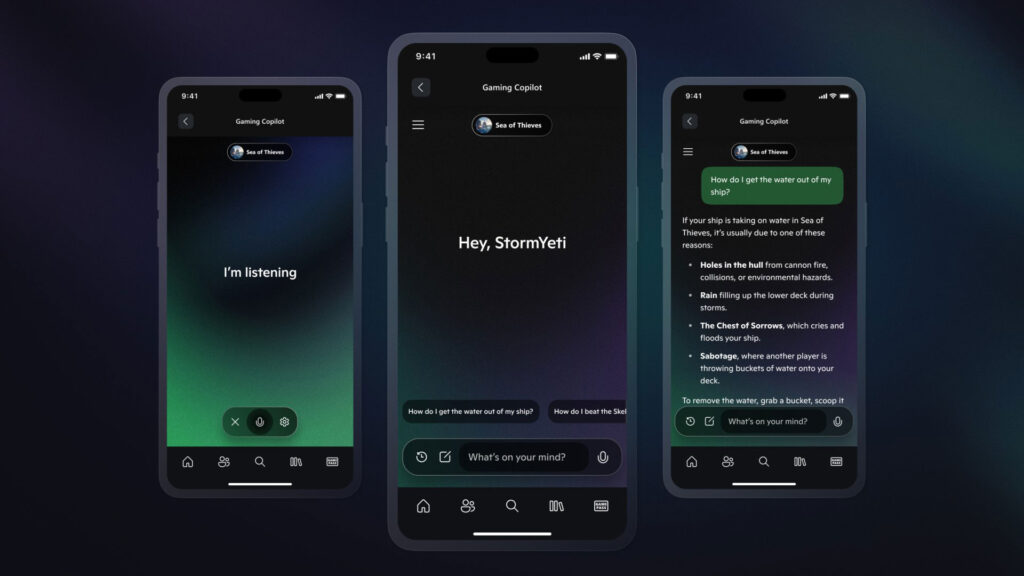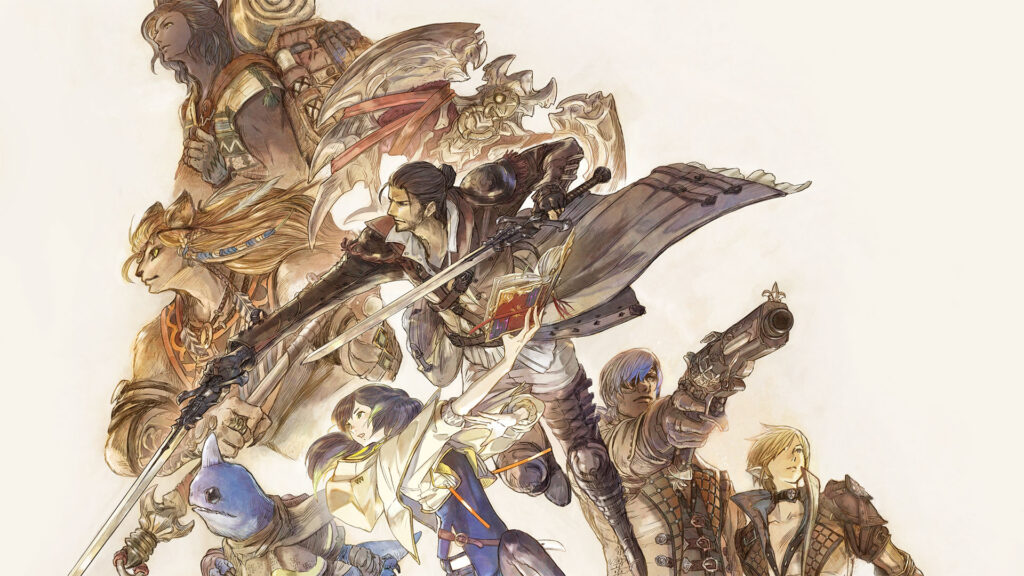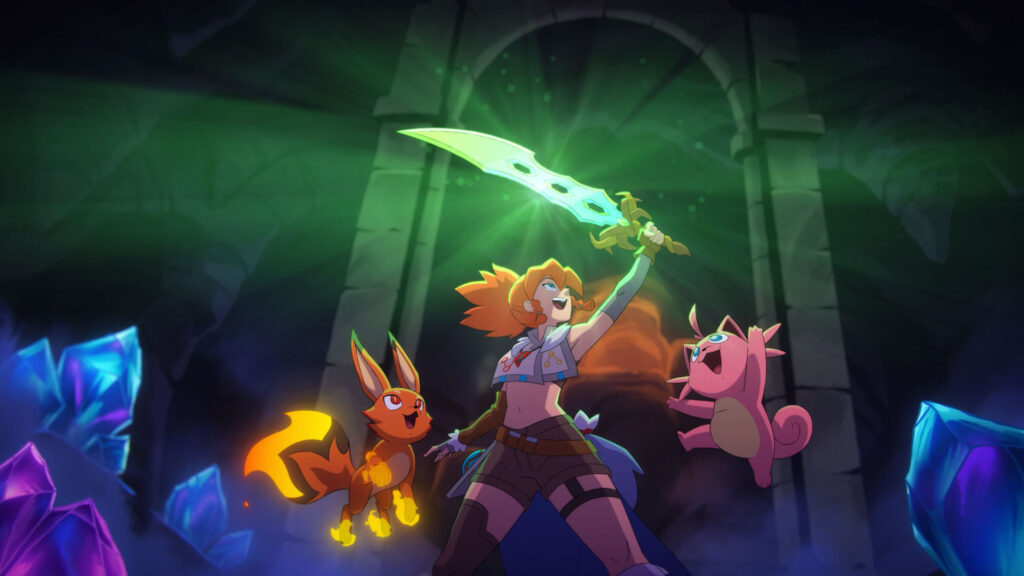Quick Verdict
Remnant II manages to improve on everything from the original game and solidifies itself as a strong entry in the ever-expanding Soulslike genre. The third-person shooter combines fantastic shooting mechanics with difficult boss battles, blends in a bit of mediocre loot and traits, while sprinkling in an interesting dual-class system with unique abilities. There’s a good degree of customization and an addictive end-game loop that delivers dozens, if not hundreds, of hours of entertainment.
The game has its fair share of issues, however, as I’ve encountered numerous crashes and one game-breaking bug. There are some aspects of the game that could be improved, but when it comes to having a grand ‘ol time with a couple of your friends, Remnant II offers one of the best experiences to do just that.
Pew Pew… Pew

This year, we’ve been enjoying a lot of sequels to storied franchises, from Street Fighter to Diablo, The Legend of Zelda to Final Fantasy. We even got a sequel to Star Wars Jedi: Fallen Order with Star Wars Jedi: Survivor. Remnant, however, is not one of those series that every gamer recognizes, but it did get a sequel in 2023. Like Street Fighter and Diablo before it, I believe history will look back fondly at Remnant II as the turning point when the series became wildly successful. Much like Borderlands 2 significantly improved on the original Borderlands, Remnant II takes everything that worked from its predecessor and polishes it to a fitting shine, while adding plenty of new mechanics and balancing overall gameplay.
If you aren’t familiar with Remnant II or the original game, they’re third-person shooters that are heavily inspired by Soulsborne games, meaning combat is quite unforgiving and boss fights can be brutally difficult, especially if you’re playing solo. Players also have a stamina bar that must be used strategically, and enemies will respawn each time they hit a checkpoint. And like other Soulsborne games, players have limited uses for healing items so every bit of combat is a strategic dance of resource management and maintaining your composure.
While the original Remnant: From the Ashes had numerous issues — from balance to general gameplay and boring boss fights — it did have a solid foundation to build from. Fortunately, the developers at Gunfire Games did listen to its playerbase, and took that feedback to heart to lovingly craft a successful sequel.
Bolt-Action Brilliance

It’s almost an insult to reduce Remnant II down to “Dark Souls with guns” because it’s much more than that. Unlike other games that can be compared to a giant lake that’s very shallow, Remnant II’s creative use of procedurally generated worlds gives the game much more depth than you’d expect for something that costs $49.99. I found it fascinating when our group of three realized that each and every one of our campaigns was different. We had different quests, different interactions, and different bosses, which meant playing in each of the co-op campaigns wasn’t meaningless. If you can play with a friend or two, make sure to help them out with their campaigns. You’ll not only get experience and loot, but possibly different unlocks that weren’t available in your original campaign.
The game has multiple difficulty levels, and while my first playthrough was on the easiest difficulty, we still struggled with the final boss of the game. Unlike some Soulslike experiences, however, I never found Remnant II to be increasingly frustrating with each attempt at a boss. Each time, I found myself feeling like the combat felt fair and whenever I died, I could only point at myself for the reason. It’s an interesting experience, because oftentimes as gamers, we love blaming the game for our deaths. Somehow, Remnant II makes it painfully obvious that you messed up when you died.
Remnant II offers a surprising amount of variety, and even after logging close to 40 hours, I feel like there’s more to explore and unlock. There are several different worlds to explore, each thematically different in terms of environments and enemies, ensuring that nothing ever gets too stale. Once you finish the campaign, you can choose to roll a new one with the same or a higher difficulty, or experience each of the worlds on their own in Adventure Mode, which unlocks earlier in the game. If you choose Adventure Mode, you’ll encounter a different variety of tasks each time you reroll one of the worlds. Eventually, you’re likely to repeat something since there aren’t an infinite number of possibilities, but if you enjoy the overall gameplay, the game could offer hundreds of hours of entertainment.
For those who played Remnant: From the Ashes and are worried about the boss fights, worry not. They are much better designed this go-around, and the game has one of the most creative fights I’ve ever experienced — in any video game. I couldn’t hold back my excitement when I first saw this battle unfold and it has become one of my all-time favorite experiences in gaming. It’s just so cleverly done and you can watch a video of it below, if you aren’t concerned about spoilers.
Silencer Please
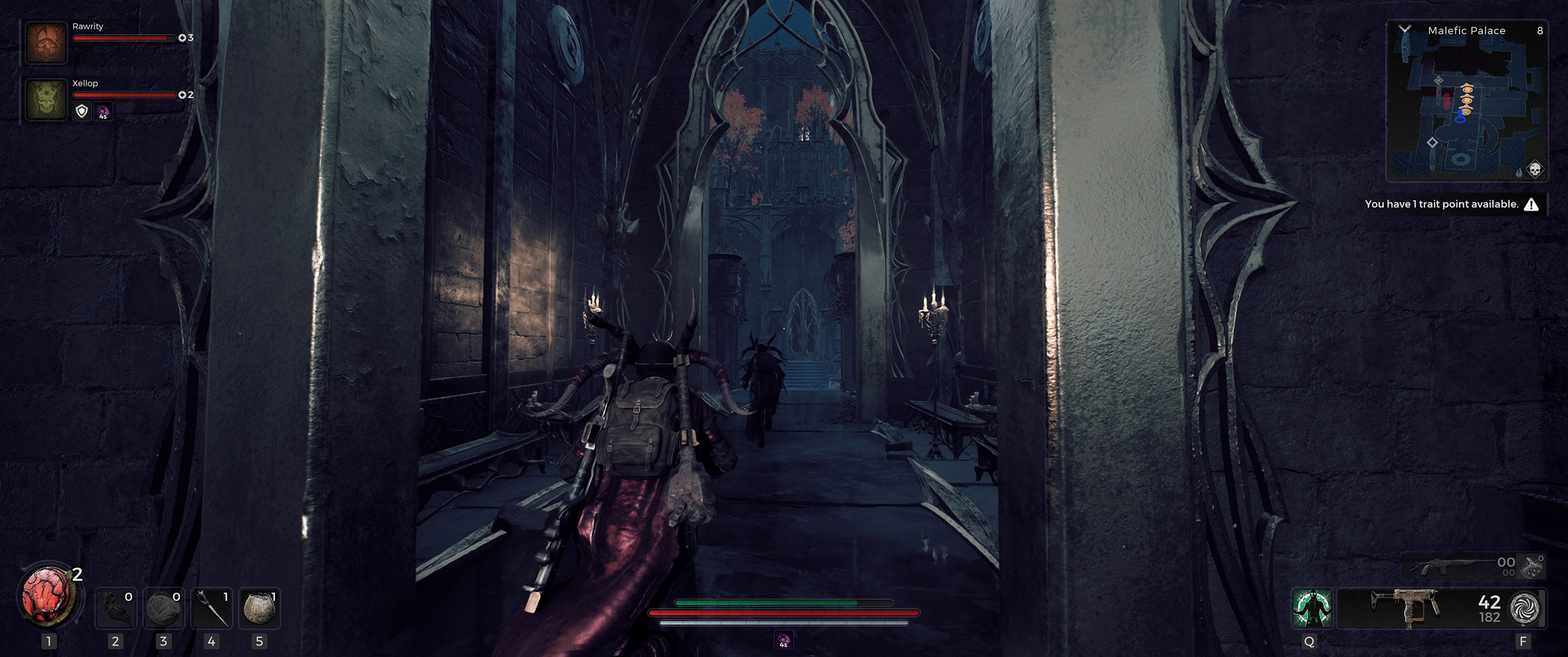
I love a good story in a video game, but I also have realistic expectations when I play something like Remnant II. I don’t expect Oscar-worthy writing — and the game’s story definitely doesn’t deliver that — but I did wish it offered more than what it has. The voice acting is decent, but the overall writing is just very uninspired. It reminded me a lot of Outriders’ story, where there was something compelling there but it just sort of tapers off the more you play, until it vanishes completely. Now, Remnant II’s experience is heavily dependent on procedurally generated experiences, which meant the quality of storytelling had to be sacrificed. By the time I skipped the credits, I really had no clear idea of what transpired in the story or who played significant roles throughout the experience. But still, I couldn’t wait to jump right back into Adventure Mode because the gameplay is that fun.
There are a few other gripes I have with the game. While the overall co-op experience is well done, it’s frustratingly difficult to tell who is who on the screen, especially since there isn’t a great variety in armor sets and there isn’t much in terms of cosmetic customization. If you’re trying to heal a teammate, you must look at the upper-left corner to see who you’re aiming at. It’s not very intuitive, and when you’re trying to manage everything that’s happening during a boss fight, it can be downright frustrating. I also found some of the environmental designs confusing and bland, and I disliked how the map was designed. I know it’s not easy to portray a multi-level map — and it actually seems like modern games are somehow moving backwards with this issue — but there are better ways to do it.
As I mentioned in my Quick Verdict, I’ve been running into at least one crash a night, which can be pretty annoying. I also experienced one game-breaking bug, where my character got stuck and wasn’t able to move anywhere. But the game is prepared for those scenarios, as you can suicide at anytime by using an item in your inventory. That doesn’t make it forgivable, however, and I do hope some of these bugs will be worked out. In terms of performance, I had no issues running the game smoothly on my PC, getting anywhere from 90 to 120 fps while streaming. I am aware that the game has problems on other setups and some players are finding the game’s appearance to be below average. Overall, I thought the environments looked great and the game performed well enough, but with all modern PC releases, your experience will vary.
Locked and Loaded
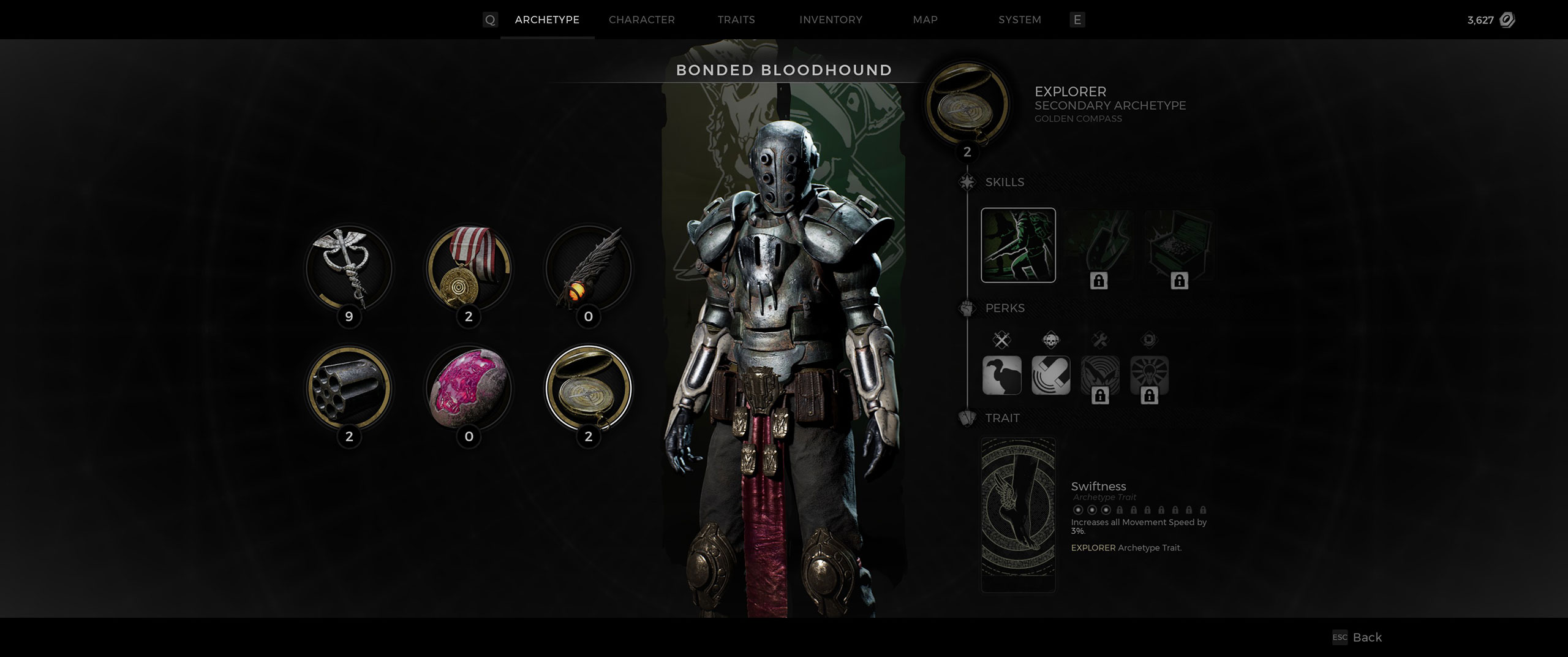
At the start of the game, you choose from one of four core archetypes: Medic, Challenger, Hunter, and Handler. After a certain point in the game, you’ll unlock a secondary archetype, which opens up the opportunity to mix-and-match playstyles. As of right now, we are aware of 11 different archetypes in the game, but since the methods to unlock some of them are so obscure, it wouldn’t surprise me if there are one or two archetypes that no one has yet unlocked. With each archetype, you’ll get associated traits, perks, and skills. There isn’t a ton of depth to the traits system — they’re your typical perks that increase health, stamina, regeneration, etc. — but figuring out which ones you want to level does require some decision making. You get 60 total trait points in Remnant II, so you won’t be able to mindlessly drop points everywhere.
Your weapon loadout consists of a primary weapon, a melee weapon, and a secondary weapon. Each weapon can have a modification and a mutator equipped, but some weapons won’t allow you to customize the modification. When you put everything together, there is a surprising number of different combinations you can do. As you can imagine, they’re not all equally balanced and there is a bit of a meta that’s unfolding within the community. But, I will say that Remnant II can largely be played based on your personal playstyle. That is, choose the weapons, traits, archetypes, and skills you like, master them, and you should be able to tackle anything in the game.
While you can customize your weapons, the armor system is a weak point in the game’s itemization. You’ll have to balance weight and defense, but there’s no way to improve or customize your armor pieces. You’ll pay more attention to the rings and amulet you’ll want to use, as there are many to choose from. But when it comes to your actual armor pieces, you’ll likely find a set that won’t mess up your dodge animation and that’s what you’ll run for a long time.
Just Pull the Trigger

It’s worth clarifying that Remnant II isn’t the same looter shooter experience you get with say, the Borderlands franchise. This isn’t the type of game that showers you with dozens of different types of guns. Every time you defeat a unique boss, you’ll obtain a material that can be used to craft a new weapon. But there aren’t different tiers or affixes you’re looking for. Choosing your loadout largely comes down to your playstyle and the type of guns you enjoy using, rather than shopping for the largest number. Repeating levels in Adventure Mode is mostly to unlock or complete quests you didn’t have previously, gather upgrade materials, and earn experience toward all your different archetypes.
Remnant II is far from being a perfect game, but it might be the most fun I’ve had with two other friends in the last few years. There are moments of hilarious deaths mixed with frustrating ones, and the feeling of teamwork combines with a tremendous sense of accomplishment when we successfully figure out how to take down a difficult boss. It’s been quite a while since our group of three experienced a game that required this level of coordination and communication. If you have co-op friends to play with, Remnant II will offer one of the best experiences you can have. The game is very co-op friendly; for example, any time someone picks up an item, everyone in the group receives it, even if they’re dead. However, ammo is not shared in the same way. Perhaps best of all, the game provides plenty of reasons to play repeatedly as you seek to level up and explore other archetypes, unlock more traits, upgrade your weapons, and more.
If you’re hesitant to try the game because of the Soulslike mechanics but generally enjoy third-person shooters (or even first-person shooters), I still highly recommend giving it a shot. With Steam’s two-hour refund policy, you’ll know within the first two hours whether or not the game is made for you. Of course, if you’re playing on console, this doesn’t apply; but Remnant II is a $49.99 game that, to me, offers a lot more value than other recent $69.99 titles. Now, all I can hope is that Remnant III doesn’t follow in the footsteps of Borderlands 3.
Remnant II was released on July 25, 2023. This review is based on a purchased retail copy of the game on PC. While FullCleared does have affiliate partnerships, they do not influence our editorial content. We may, however, earn commissions for products purchased via affiliate links.
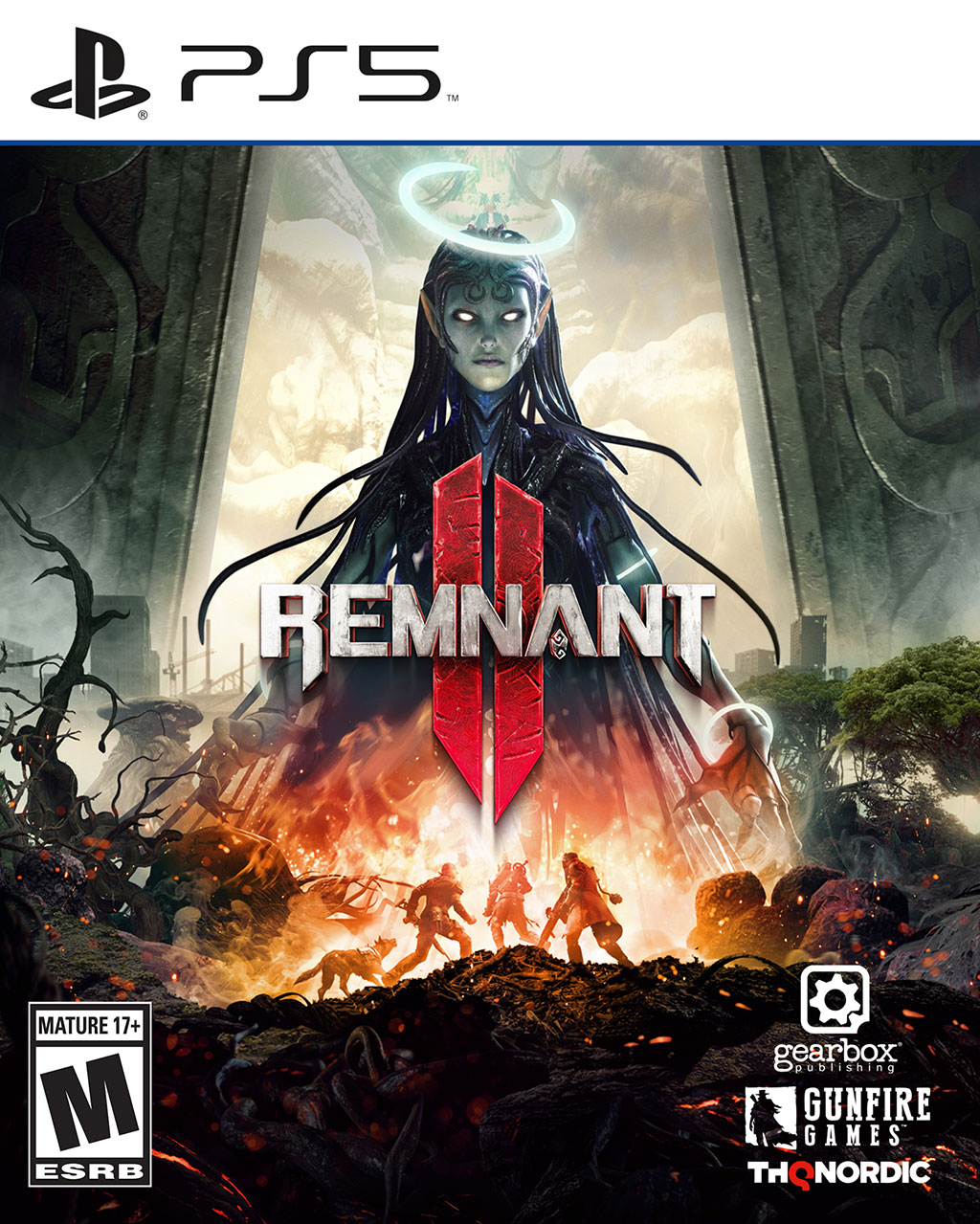
Buy Remnant II
Platform: PlayStation 5, Xbox Series X|S, PC
Release date: July 25, 2023
Read our review

